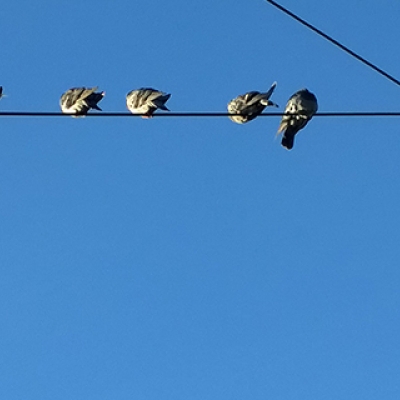
No One Can Stop Leaking Oil
By Admin / On July 30th, 2013
Katie Valentine and Ryan Koronowski of ThinkProgress uncover what oil companies (and snow) have been keeping secret.
A Canadian oil company still hasn’t been able to stop a series leaks from underground wells at a tar sands operation in Cold Lake, Alberta.




